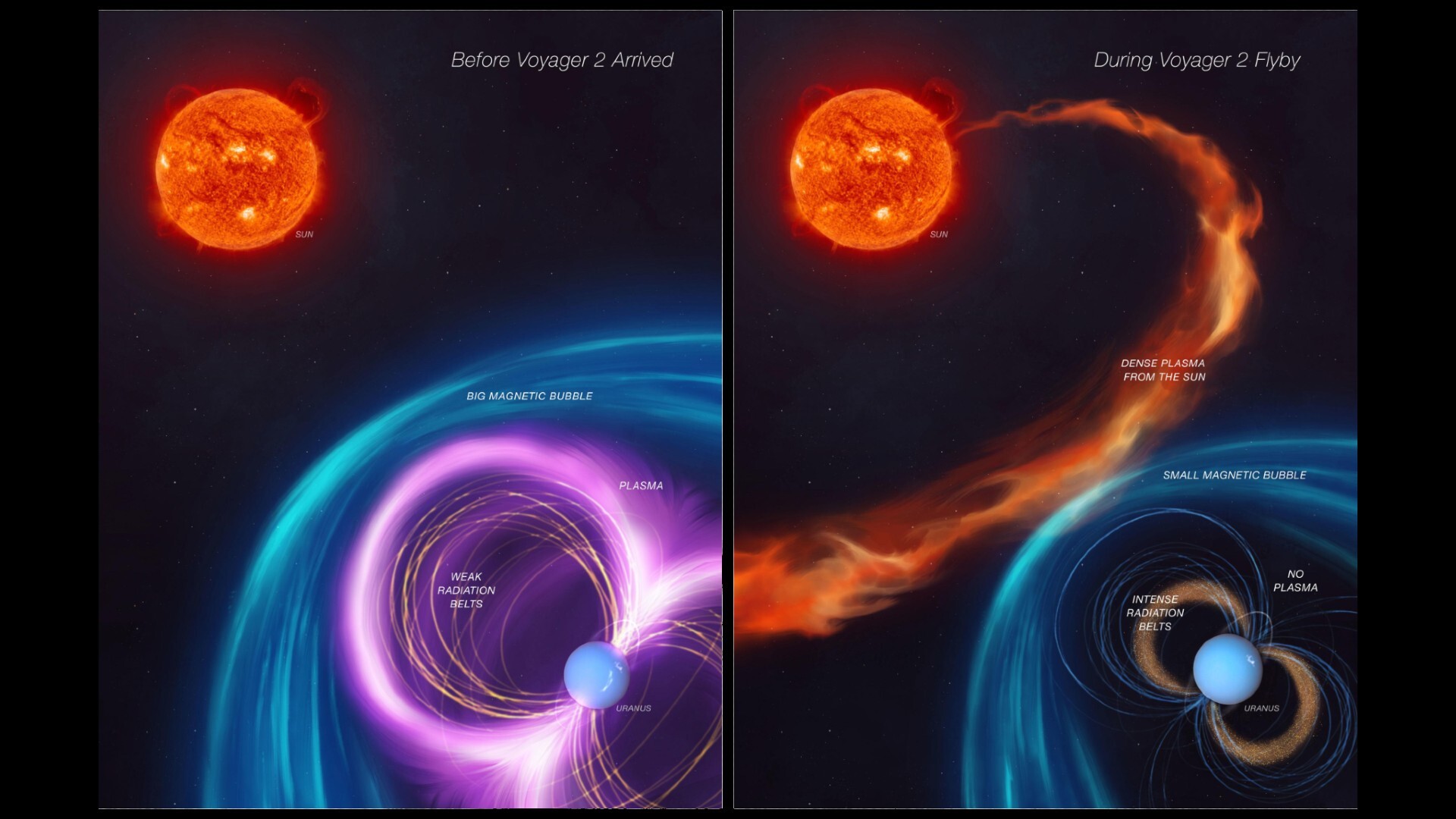How to build your own solar eclipse viewer (video)
A solar eclipse happens when the moon is positioned between Earth and the sun and casts a shadow over Earth. Here we explain how you can view one for yourself using a shoe box.
Solar eclipses make for an exciting skywatching event but they are dangerous if you do not observe the sun safely. Never look at the sun without proper eye protection. It is never safe to look directly at the sun's rays even if the sun is partly obscured because they contain harmful ultraviolet (UV) and infrared (IR) rays that can damage your eye's retina and even cause blindness.
That's not to say you can't watch it indirectly, though. The best way to view an eclipse is through a simple pinhole camera. To build one, all you need are a few household supplies: a box (a shoe box will work), a small piece of tinfoil, a white sheet of paper, tape, a pin or needle, and a box cutter or X-Acto knife.
Read more: Photos show the step-by-step process of making a solar eclipse viewer.
How to make a solar eclipse viewer 5 easy steps:
Step 1: Cut a small hole (about 1 inch across) in one end of the shoe box, near an edge.
Step 2: Tape a piece of tinfoil over the hole.
Step 3: Using a pin or needle, punch a hole in the center of the foil.
Step 4: Tape a small piece of white paper to the inside of the box, at the opposite end from the foil-covered hole. The paper should be positioned so that light entering the box through the pin hole will hit it. This is where you'll look for the sun.
Step 5: Cut a 1-inch-diameter hole in the box near the image screen (the white piece of paper), but on a different side of the box — the side adjacent to the screen. This is your viewing hole; it must be positioned such that you can look through it at an angle and see the image screen.
When the time comes for the eclipse, hold the shoe box so that it lines up with its own shadow, demonstrating that it is aligned with light from the sun. Stand so that when you look through the viewing hole, you can see a tiny bead of light on the image screen; that's the sun. During the eclipse, you'll see the shadow of the moon pass in front of the sun.
How about an eclipse sun projector with binoculars?
If you're looking for a more high-tech DIY project and would like to create a projector using binoculars, you can also follow this handy video tutorial:
Never use regular sunglasses to observe the sun. The only safe way to look directly at the sun is through specifically designed solar filters, using solar eclipse glasses for direct viewing and solar filters for telescopes and binoculars.
Breaking space news, the latest updates on rocket launches, skywatching events and more!

Natalie Wolchover was a staff writer for Live Science and a contributor to Space.com from 2010 to 2012. She is now a senior writer and editor at Quanta Magazine, where she specializes in the physical sciences. Her writing has appeared in publications including Popular Science and Nature and has been included in The Best American Science and Nature Writing. She holds a bachelor's degree in physics from Tufts University and has studied physics at the University of California, Berkeley.

